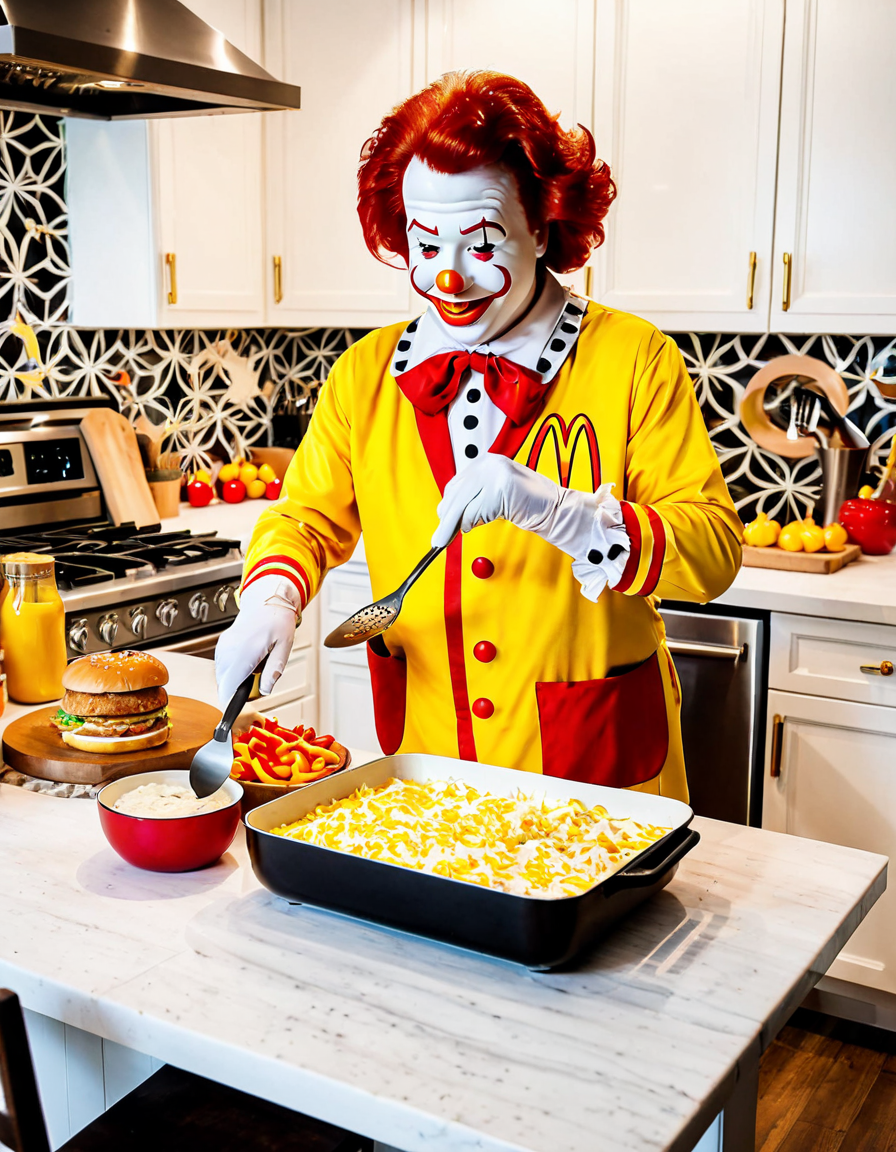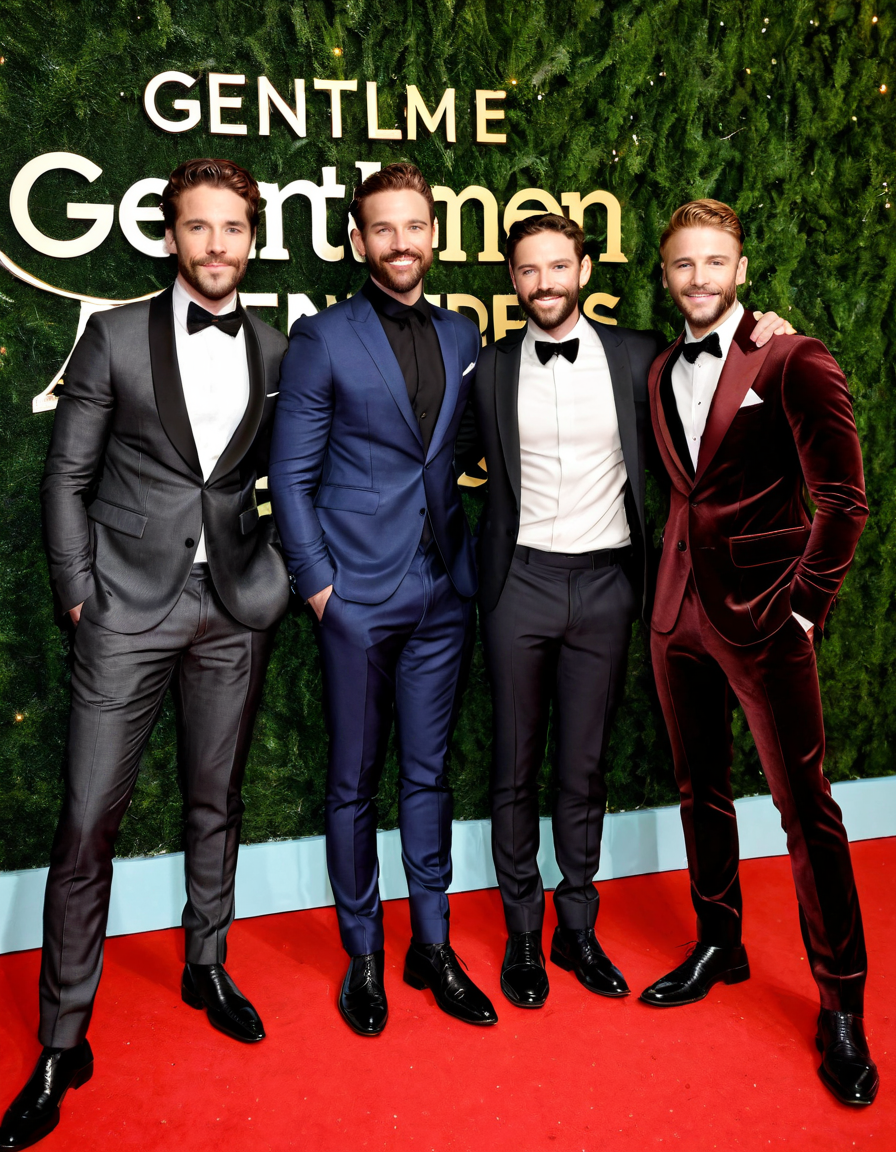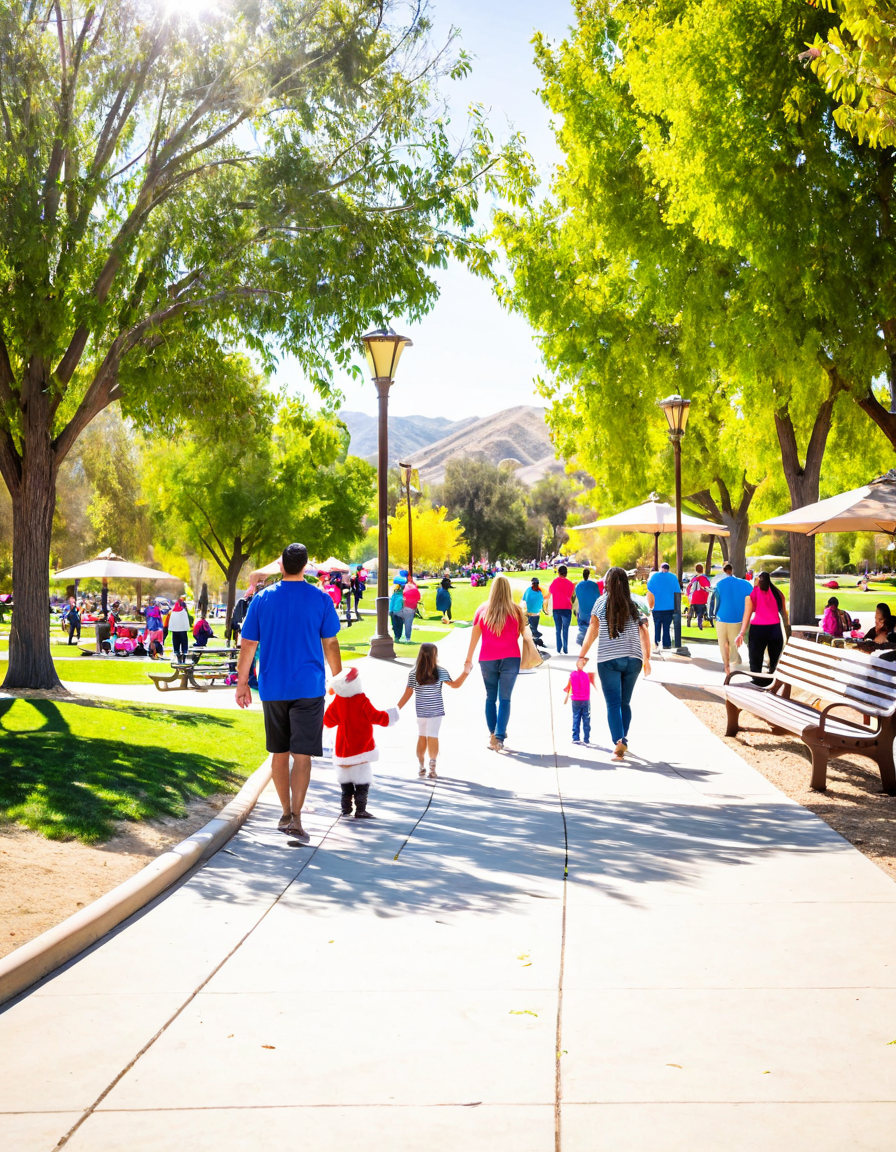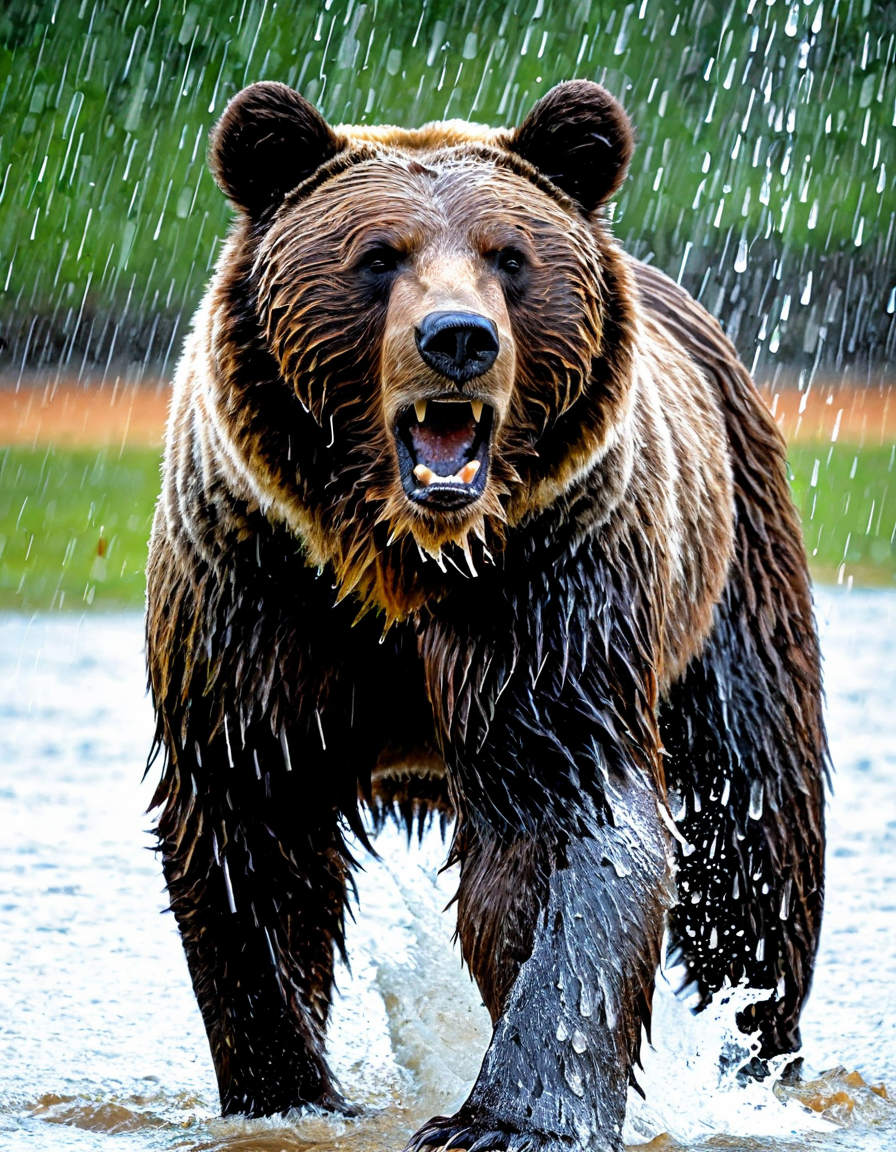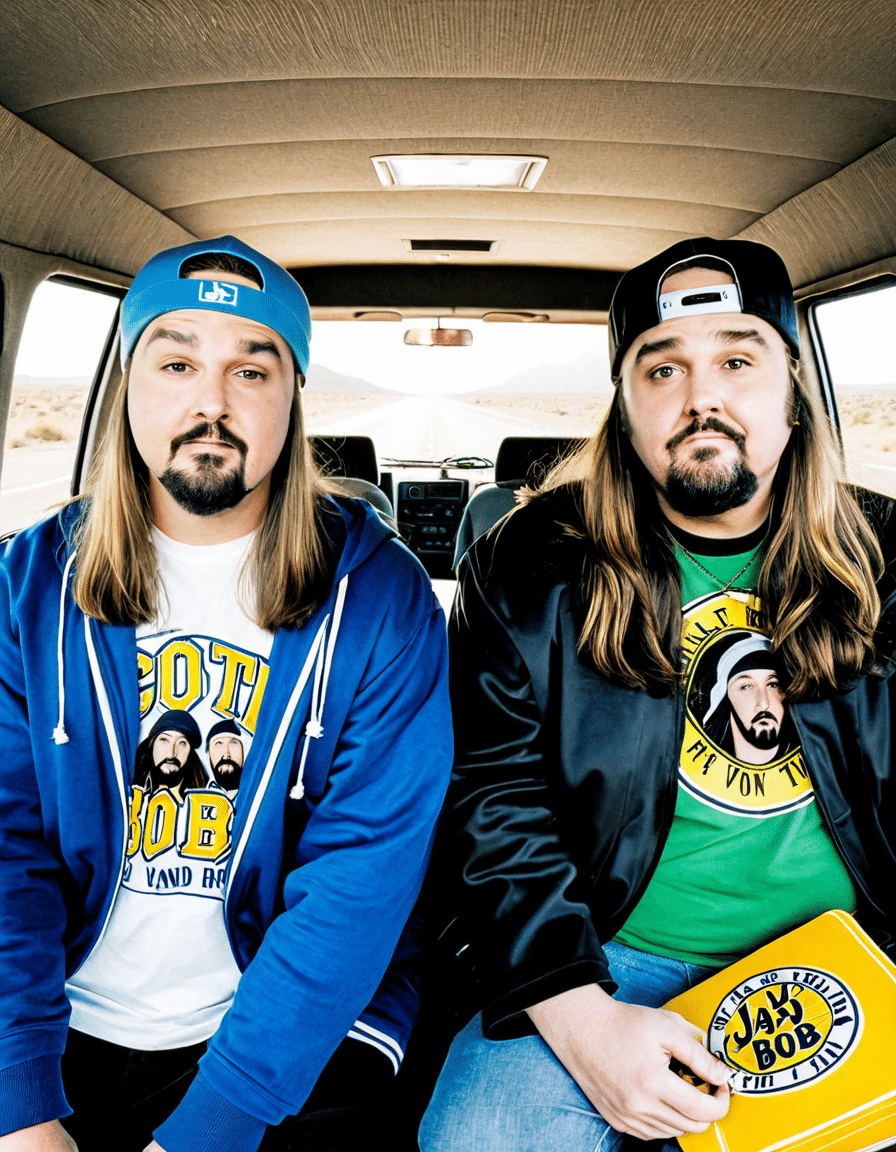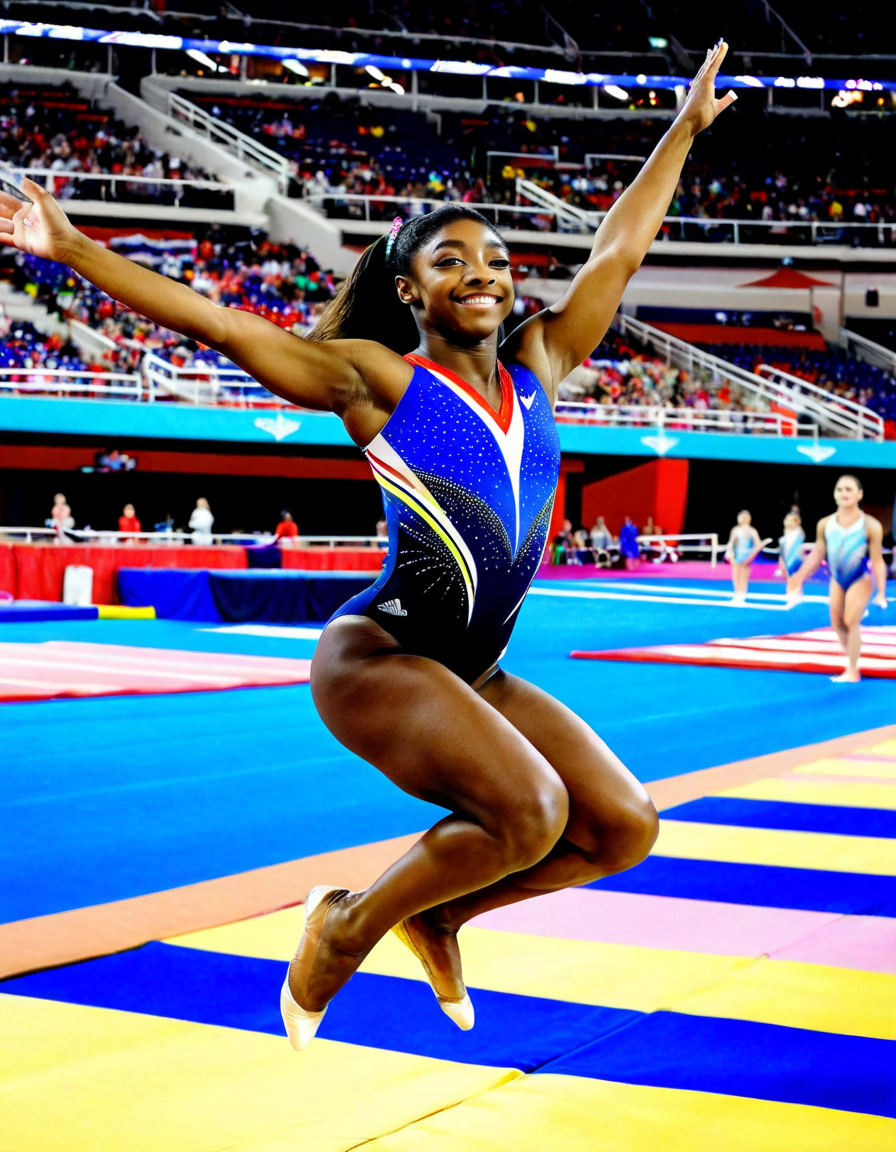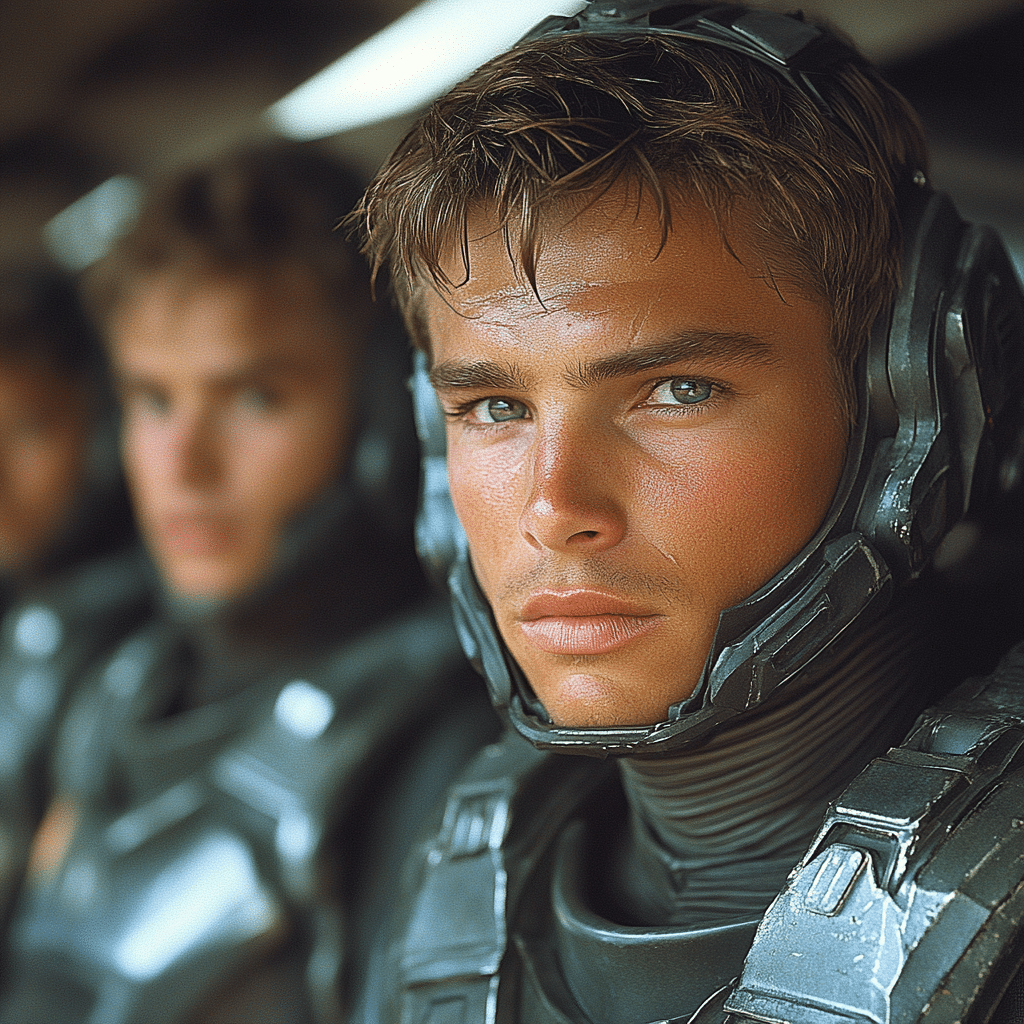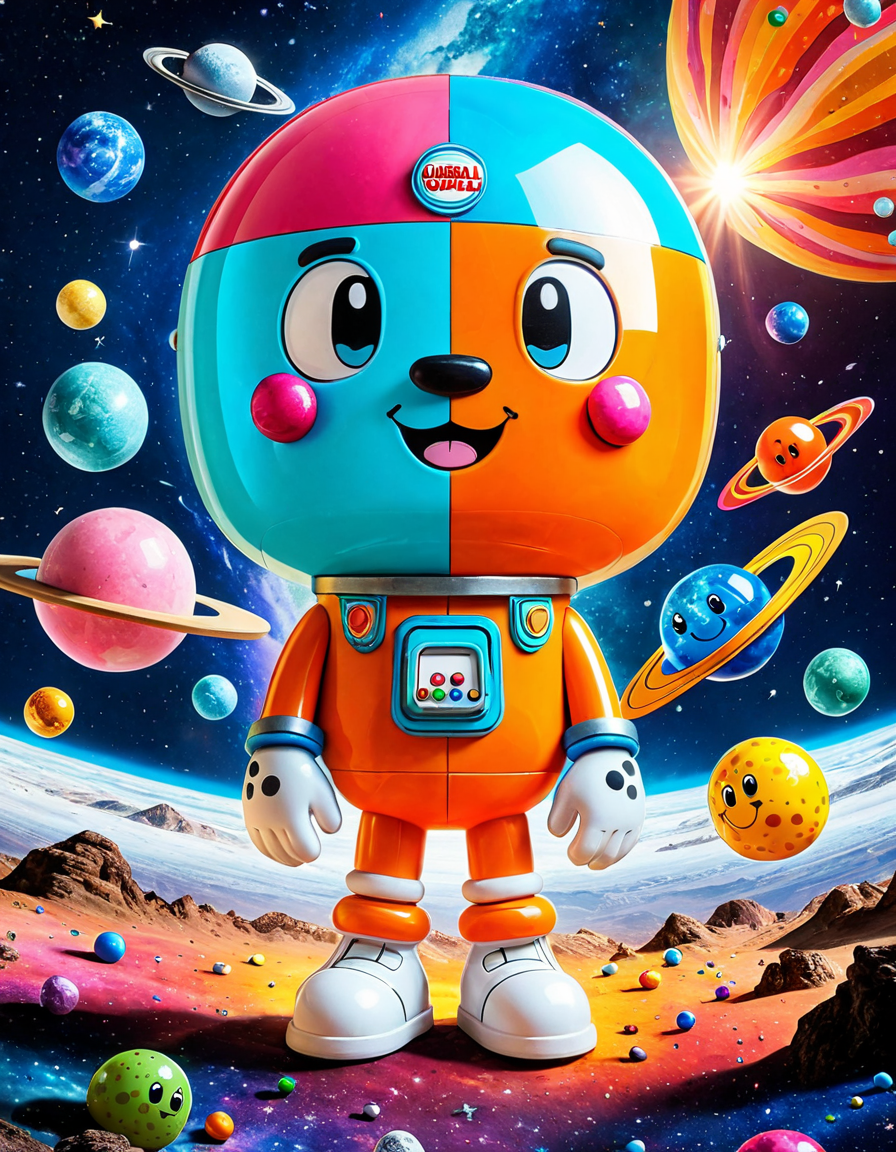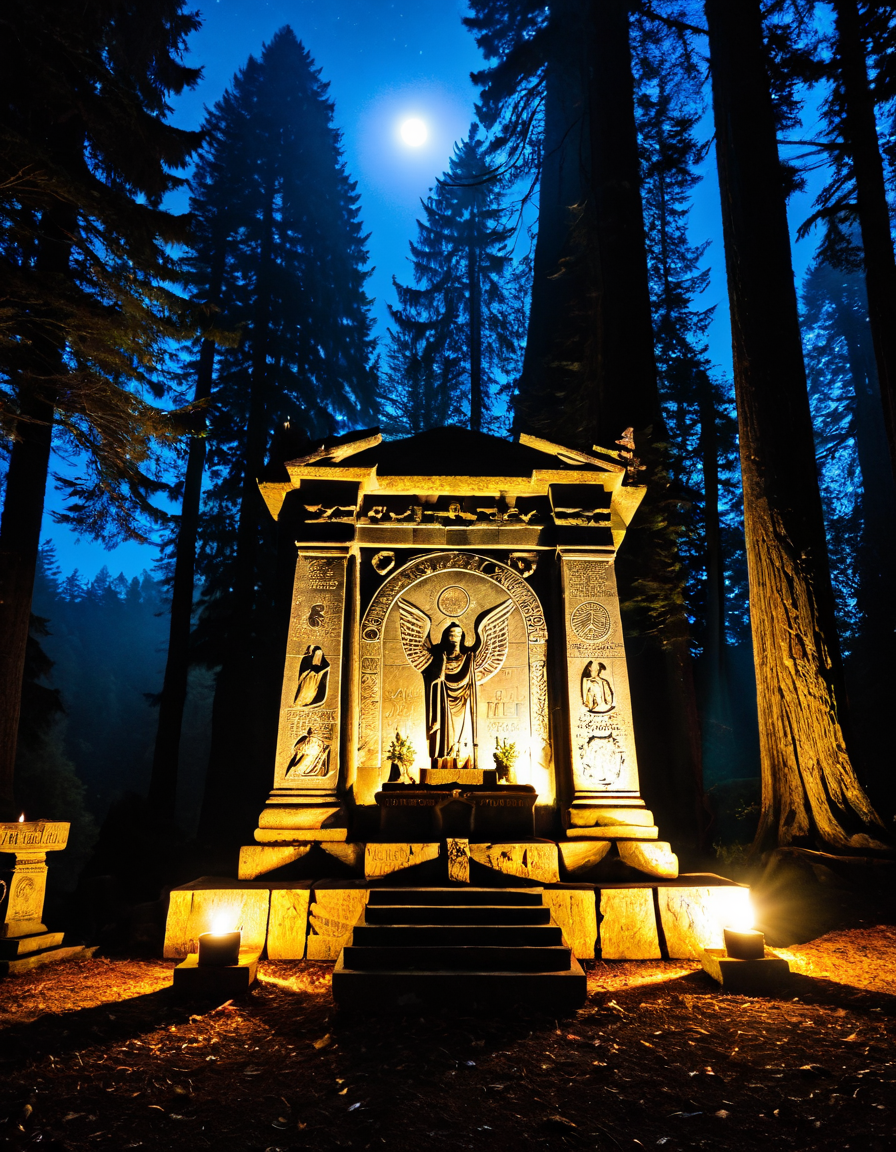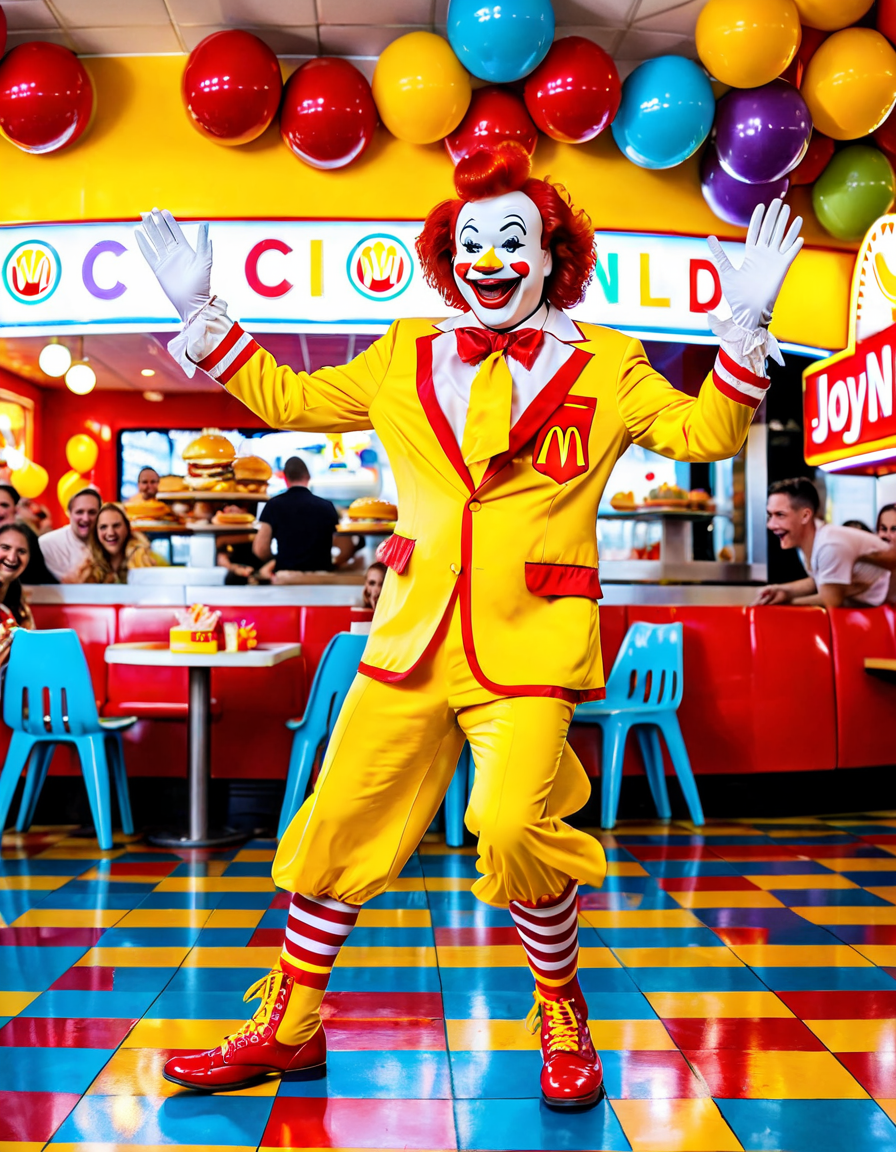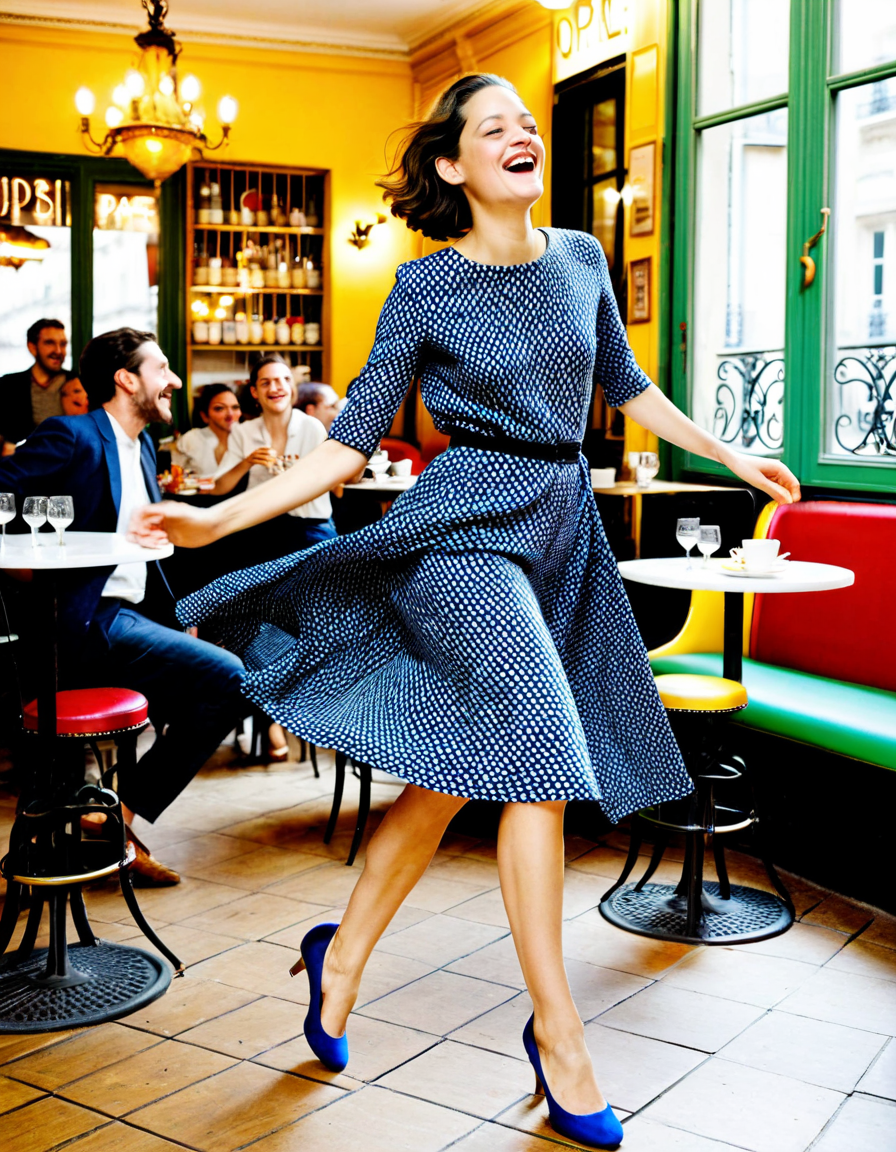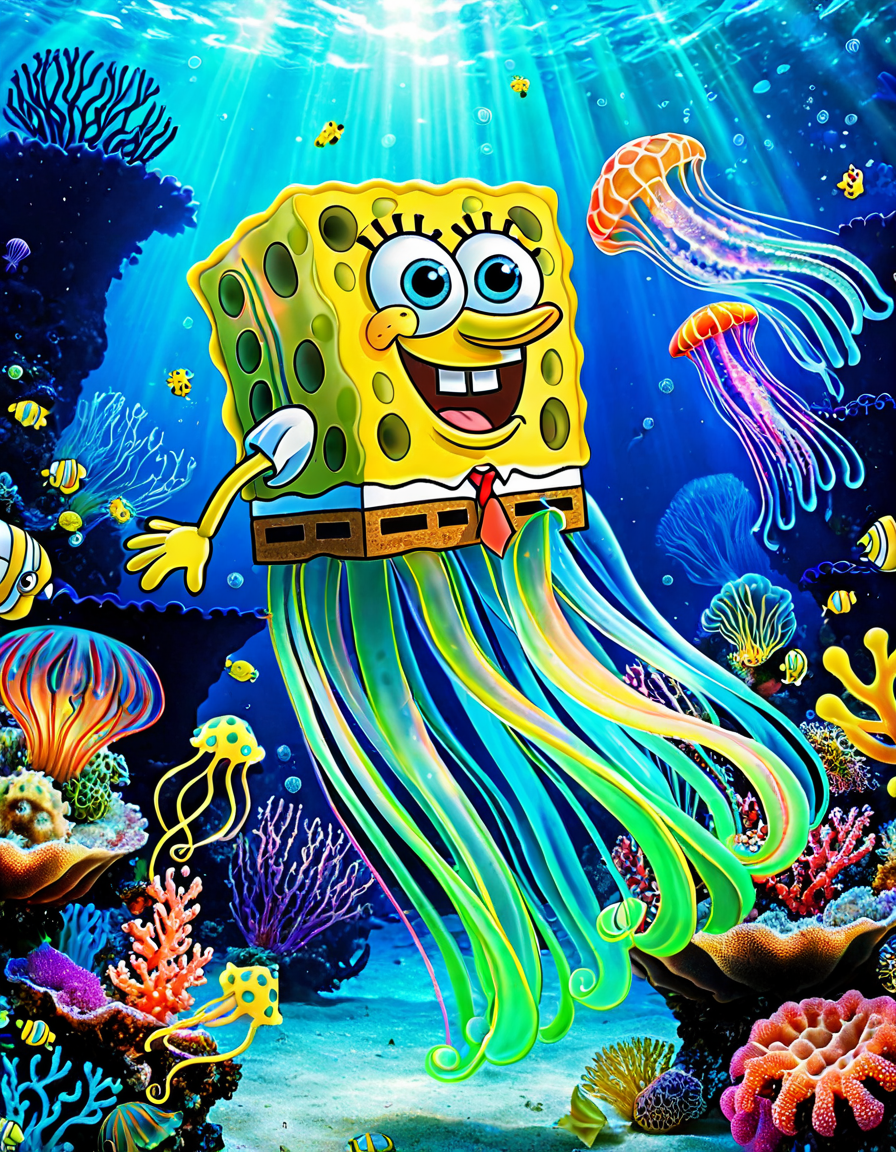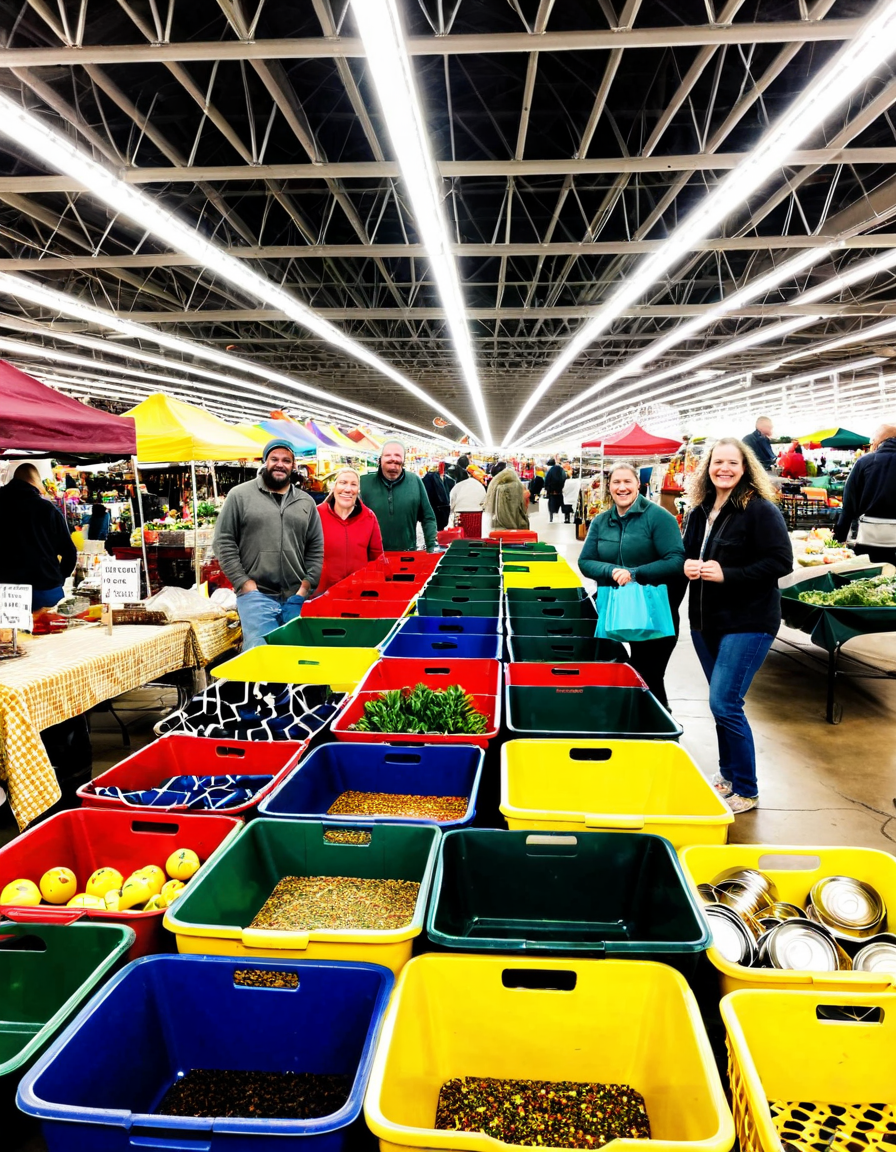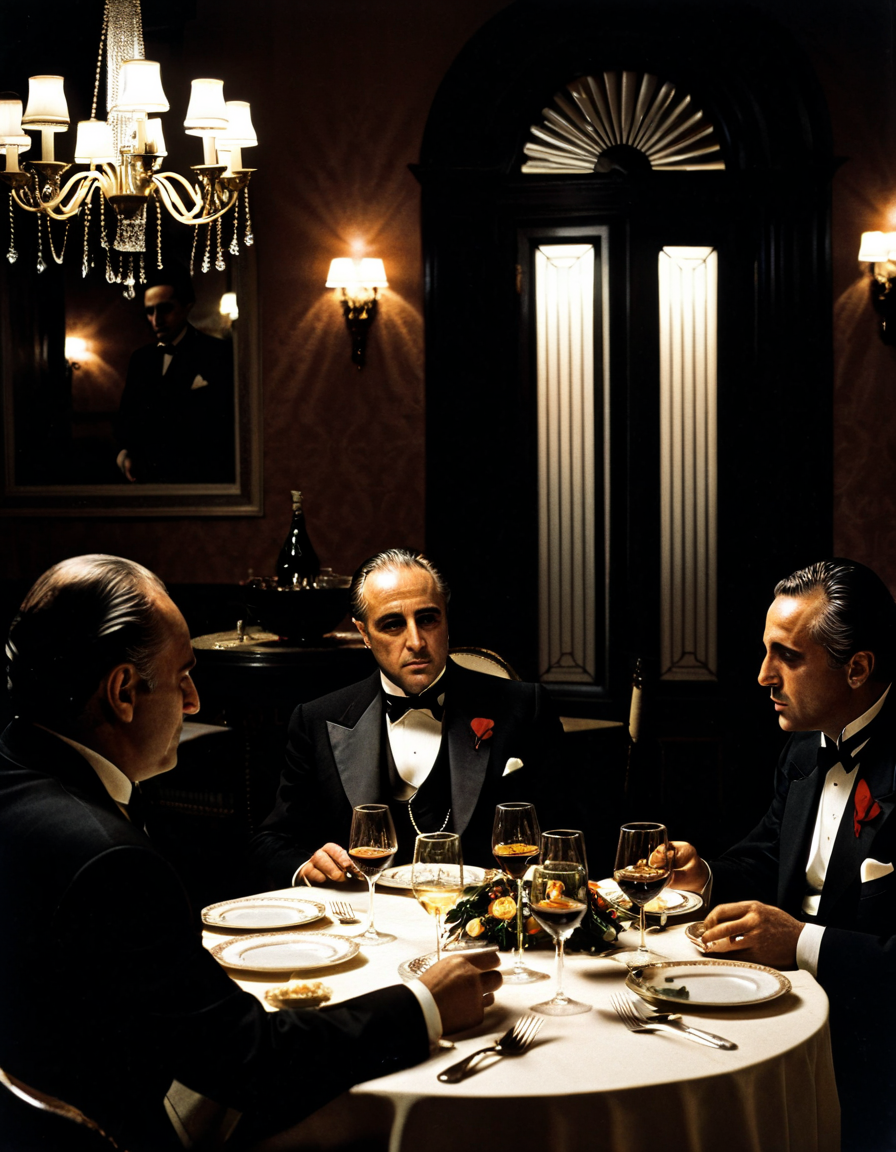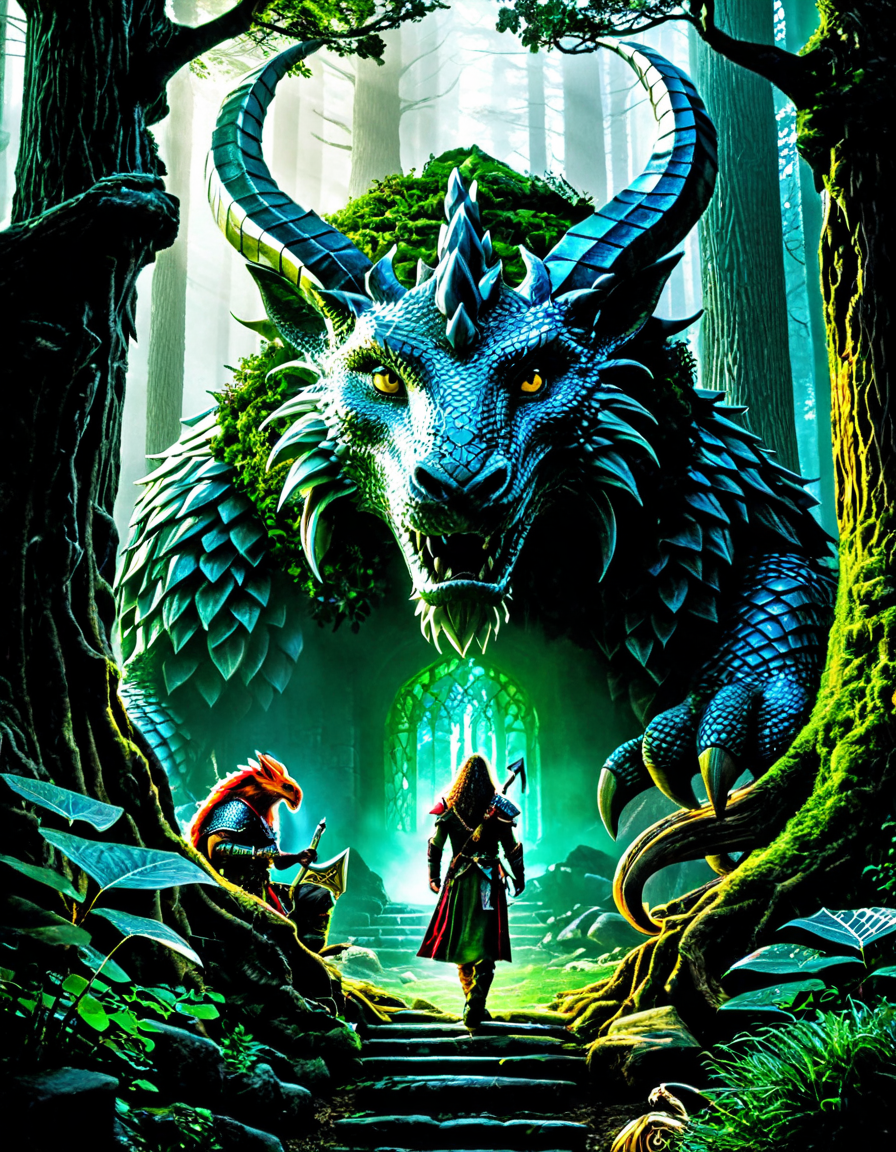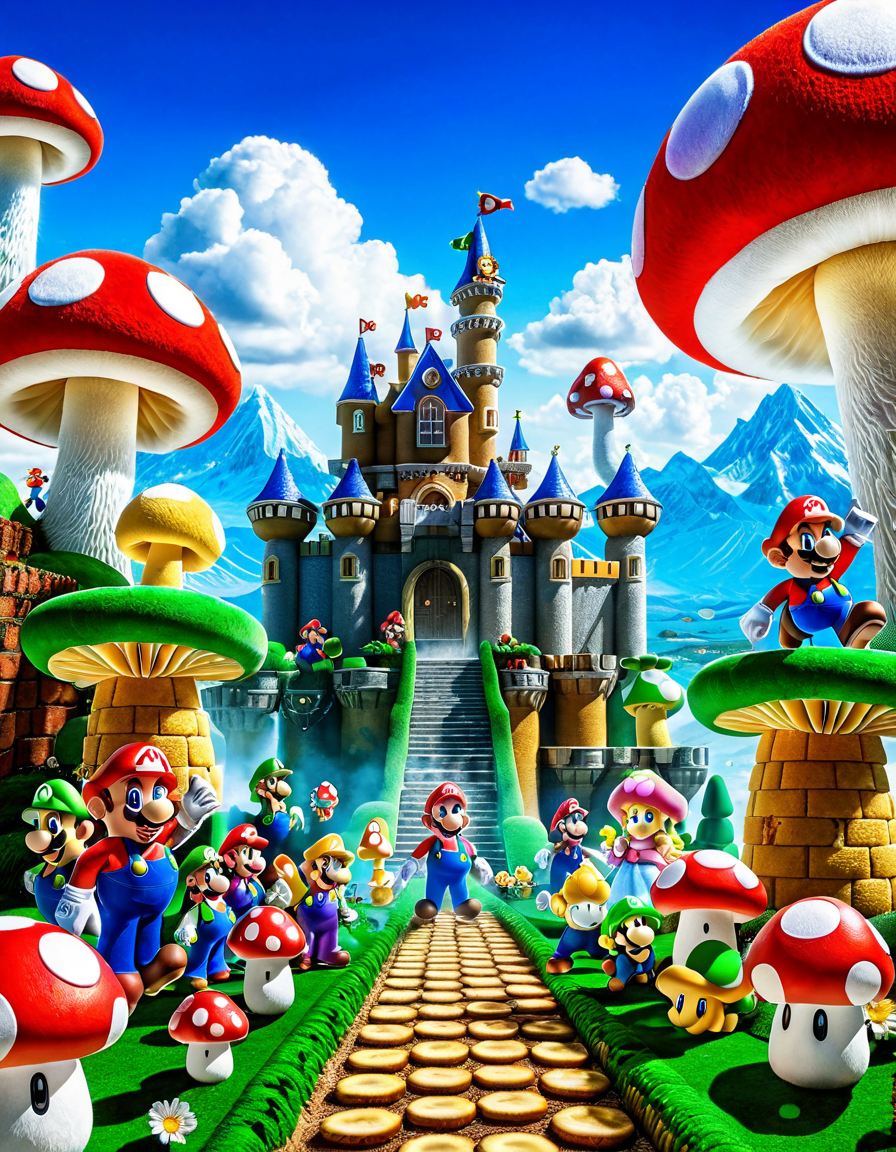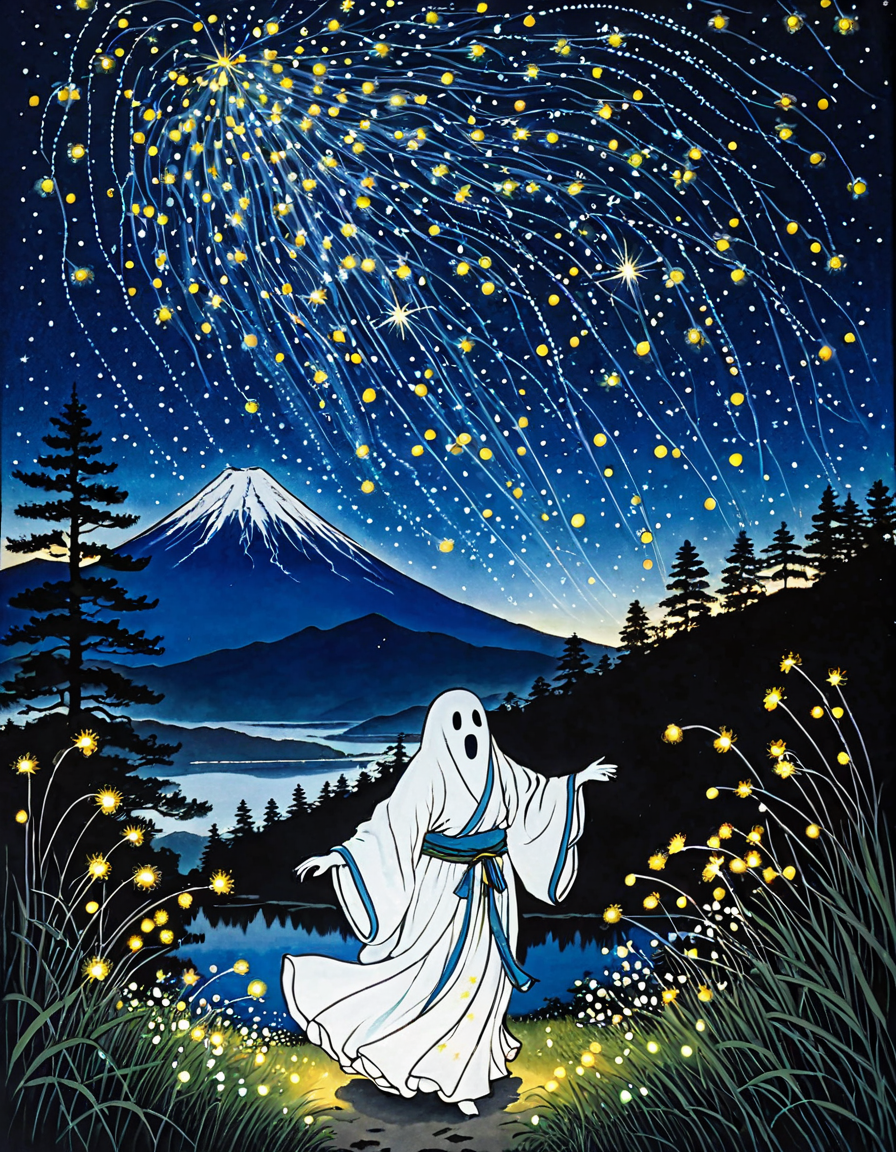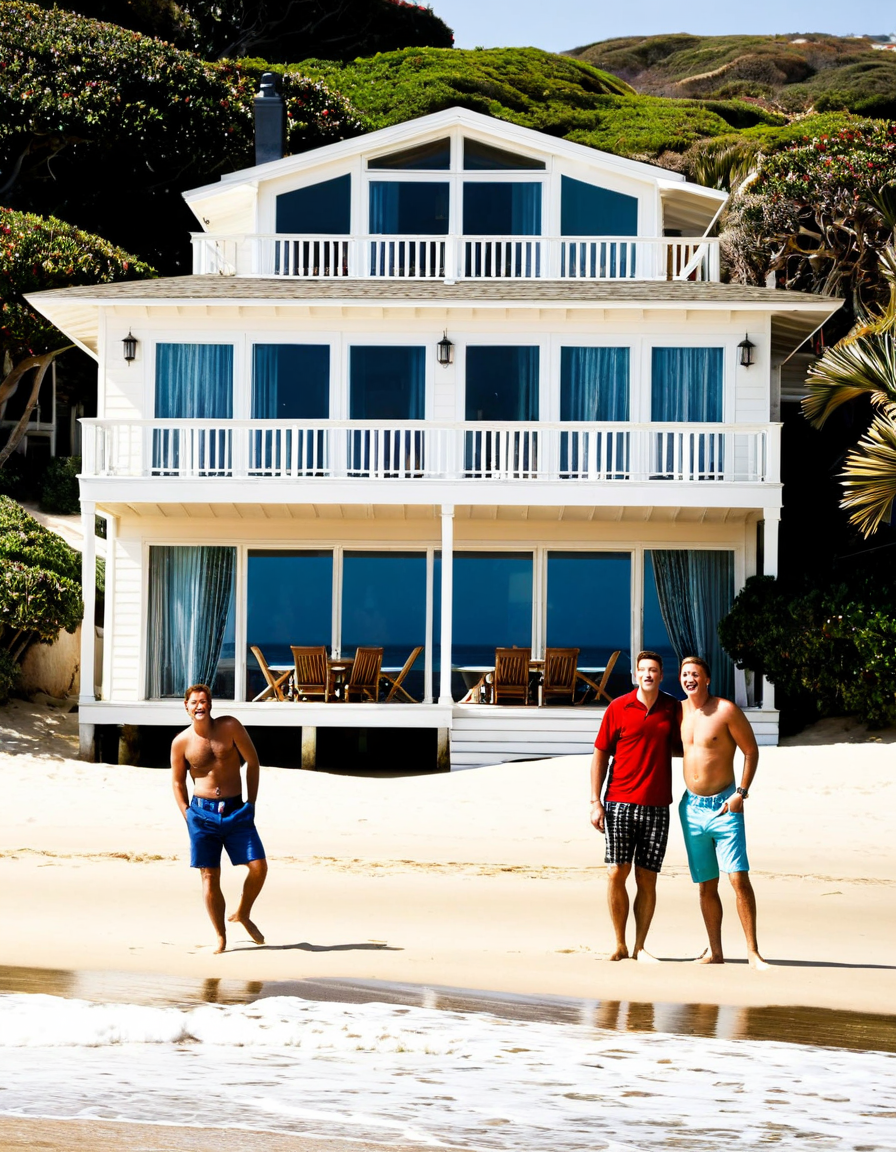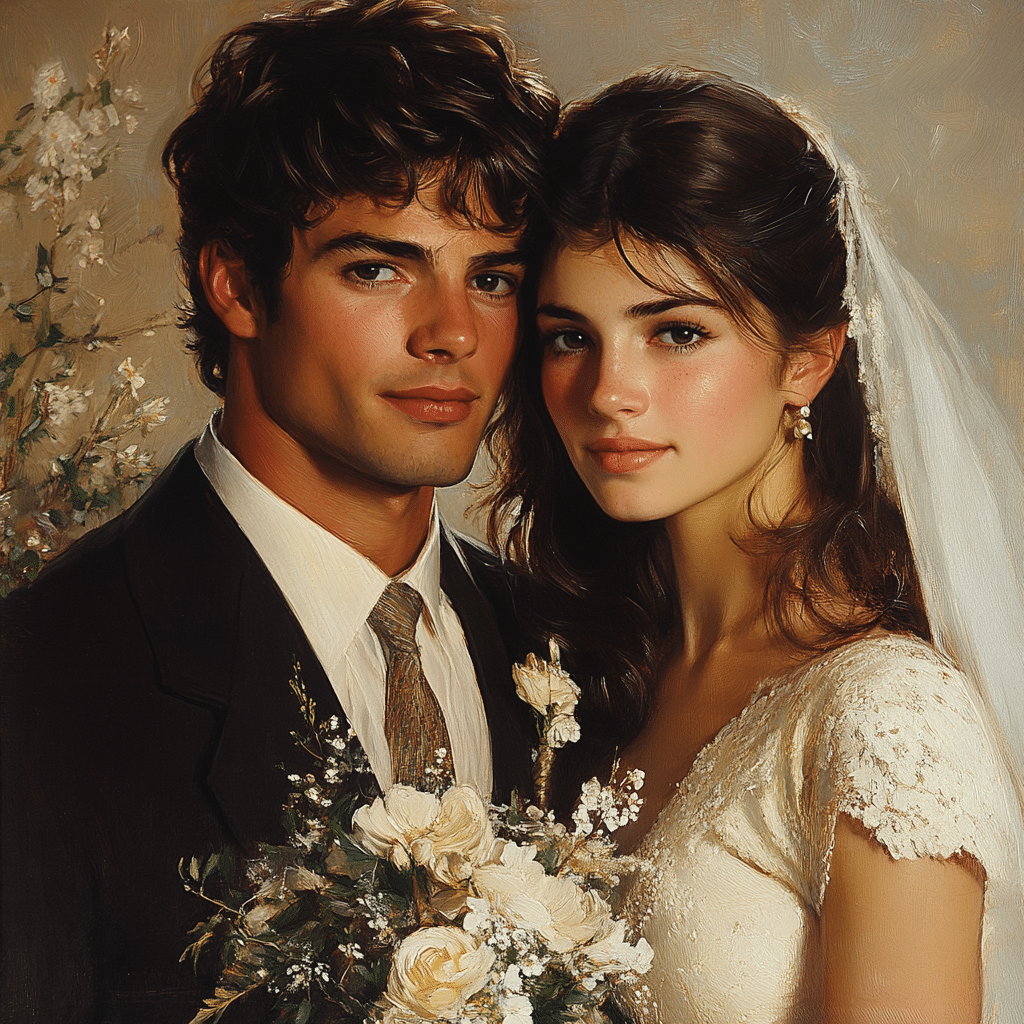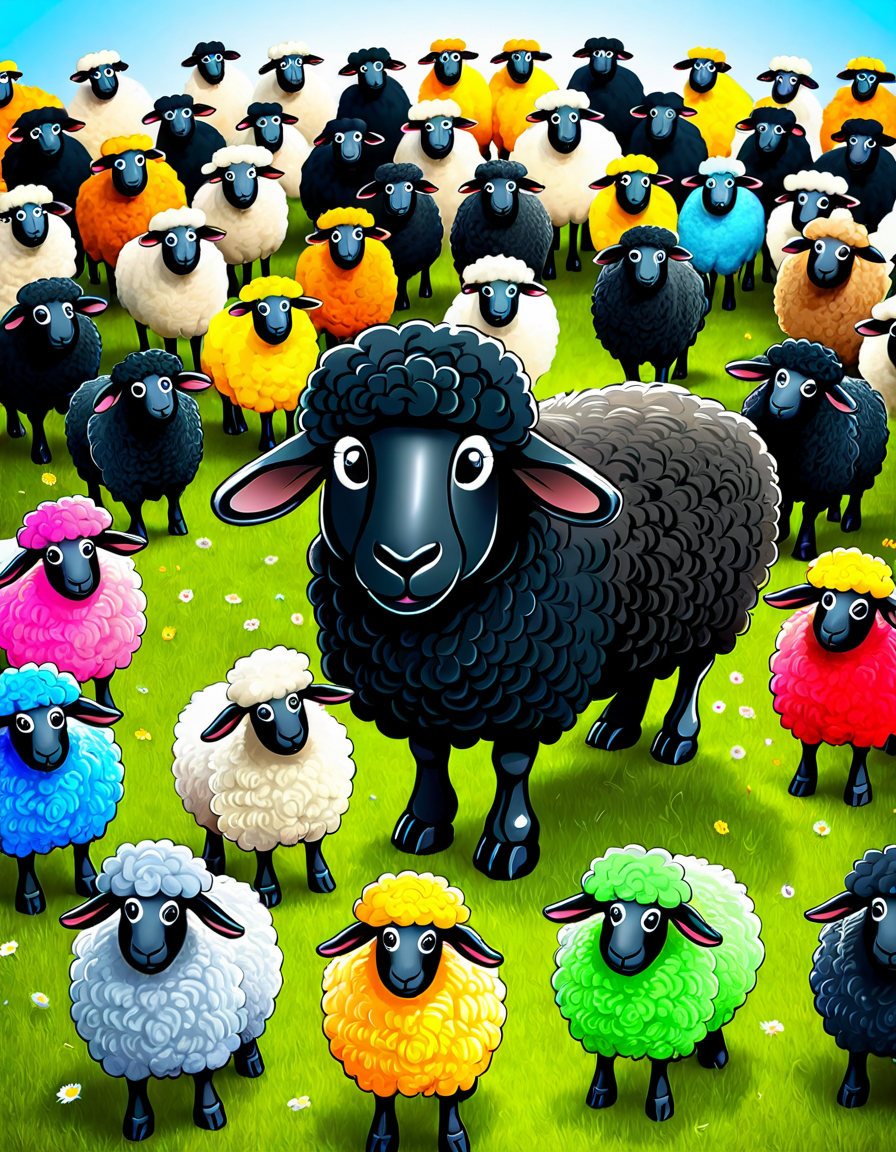When you think of fast food, chances are you picture Big Macs, fries, and a big red wig—yup, that’s right, we’re talking about Ronald McDonald! This colorful clown took center stage in the 1960s, launching an era that transformed not just the McDonald’s brand, but the entire fast food industry. Unlike any previous mascot, Ronald wasn’t just a face; he became a friend to kids and families, setting a playful tone that made eating at McDonald’s more of a delightful outing rather than a quick meal. So, buckle up, as we dive into the whimsical world of Ronald McDonald and see just how he changed fast food forever!
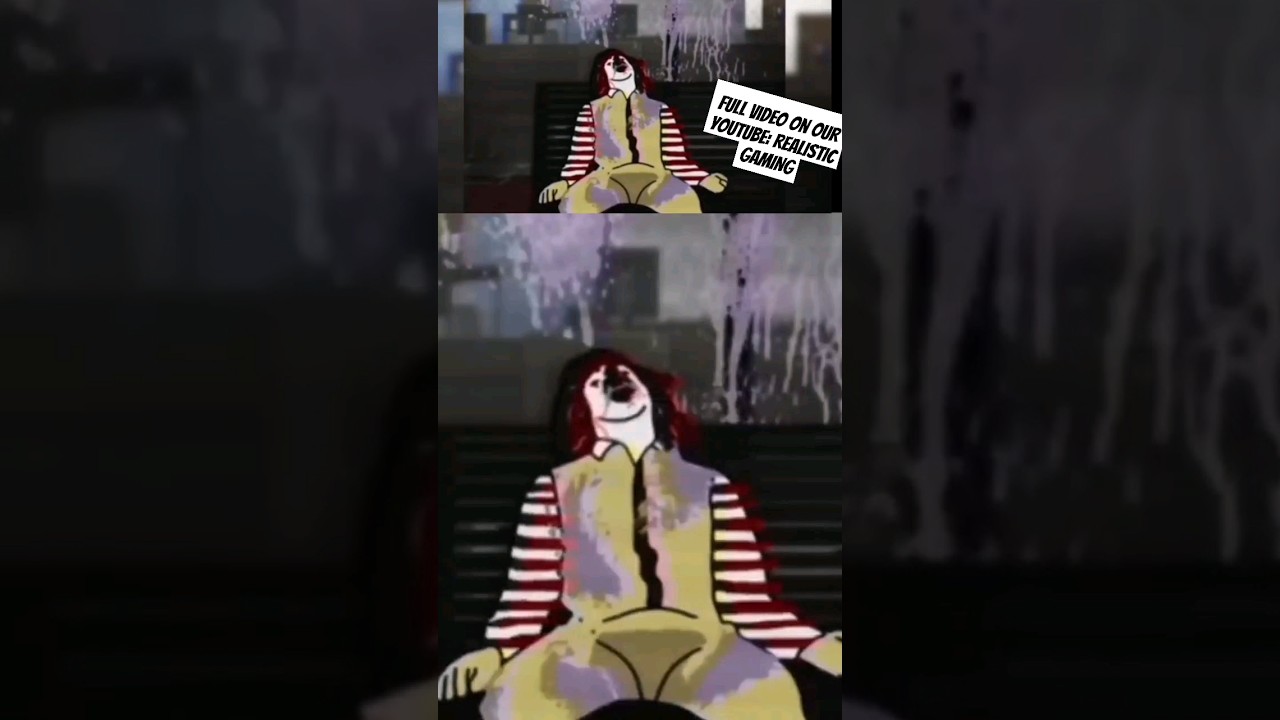
The Rise of Ronald McDonald: A Brand Mascot Like No Other
In a time when burgers were burgers and fries were fries, Ronald McDonald swooped in with his red-and-yellow ensemble, making food fun! His debut came right at the peak of the fast food boom, when chains were scrambling to grab attention. Ronald wasn’t just some average Joe; he was vibrant, funny, and approachable, tapping into the hearts of families.
With his signature laugh and big shoes, Ronald stood out from competitors like Burger King’s “King” or Wendy’s red-headed namesake. Rather than merely promoting fast food, he invited everyone into a cheerful realm, making dining a colorful experience. You could see him juggling fries, riding a unicycle, or even hosting birthday parties. Suddenly, Ronald McDonald wasn’t just marketing burgers; he was creating fond memories for generations.
His charisma found resonance, and soon, kids wanted to hang out with Ronald while their parents relaxed over a cheeseburger. This connection turned fast food from a mere meal into a family affair, solidifying McDonald’s place in popular culture. Now, every trip to McDonald’s was more than just about satisfying hunger; it was about fun!

Top 5 Ways Ronald McDonald Revolutionized Fast Food Marketing
1. Creating an Engaging Character
Who could forget that goofy grin? The creation of Ronald McDonald as a lovable character is a prime example of how personality in marketing can humanize a brand. Unlike most product endorsements at the time, which featured regular folks or celebrities, Ronald was a quirky clown inviting everyone with open arms.
As brands like M&M’s with their colorful candy characters or Geico with the talking gecko have shown, effective marketing often centers around captivating personalities. This tactic helps forge emotional connections where customers feel seen, heard, and valued. So, it’s no wonder that Ronald became the face of McDonald’s, persona translating into massive brand loyalty.
2. Integration of Fun and Play
Ah, the magical play area! With Ronald’s arrival came the introduction of playgrounds at McDonald’s restaurants, a brilliant tactic that turned fast food joints into family-friendly wonders. Kids could burn off energy while parents enjoyed a peaceful meal.
This “play + stay” model inspired other chains like Chuck E. Cheese, which capitalized on the fun factor. When you think of children’s dining experiences now, you can bet Ronald’s legacy is at work, encouraging more visits and boosting customer loyalty.
3. Community Engagement and Philanthropy
Let’s not forget Ronald’s philanthropic side! Through Ronald McDonald House Charities, he showcased how a brand could give back to the community, providing homes for families during medical crises. This initiative really set the bar for corporate social responsibility.
Fast forward, and we see other brands like Coca-Cola adopting sustainability campaigns that aim to contribute positively to society, all thanks to pioneers like Ronald. Community engagement is a powerful marketing tool when done right, and Ronald taught many how it’s done.
4. The Power of Merchandising
Happy Meals, anyone? Ronald McDonald’s take on merchandising turned meals into collectible treasures for kids. Whether it was toys, themed items, or seasonal collectibles, kids were clamoring for the latest prize with their Happy Meal. This spawned tie-in products that kept customers returning for more.
The success of this merchandising pushed the likes of Disney and LEGO to utilize character-driven promotions, leading to a world where brand loyalty is often intertwined with nostalgia. It’s a brilliant strategy that flows from Ronald McDonald’s legacy!
5. Global Appeal
You might think a clown is a clown, but Ronald McDonald’s adaptability shows otherwise. His persona has been modified to resonate with various cultures across the globe. In India, you might see him sans meat, aligning with local dietary preferences, while in China, he embraces the vibrant local culture.
This adaptability mirrors how KFC’s Colonel Sanders has transformed worldwide, from traditional fried chicken in the USA to spicy offerings in Korea. The ability to appeal to local tastes while maintaining brand identity is a powerful lesson from our favorite clown.
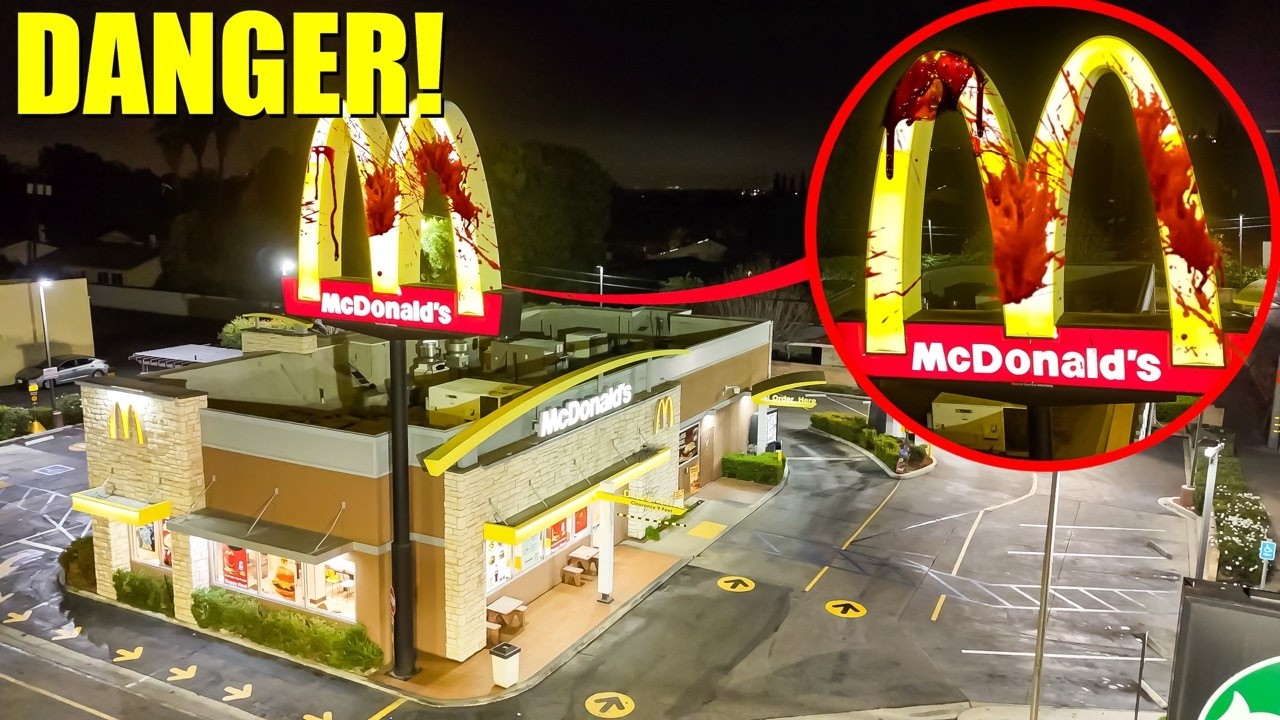
The Legacy of Ronald McDonald: Impact on Fast Food Culture
Ronald McDonald has left an indelible mark on the fast food sector, shaping how brands connect with consumers. Just look at Taco Bell’s quirky partnerships or Subway’s fresh imagery—they’re all trying to capture Ronald’s playful approach. In a noisy market, having a mascot or spokesperson can be the difference between being just another fast food chain and landing in the hearts of millions.
When the cold, hard facts are presented, Ronald’s approach is crystal clear—draw in the young ones while creating cherished moments for families. That’s a strategy that’s rooted deep in fast food culture and one still in play to this day.
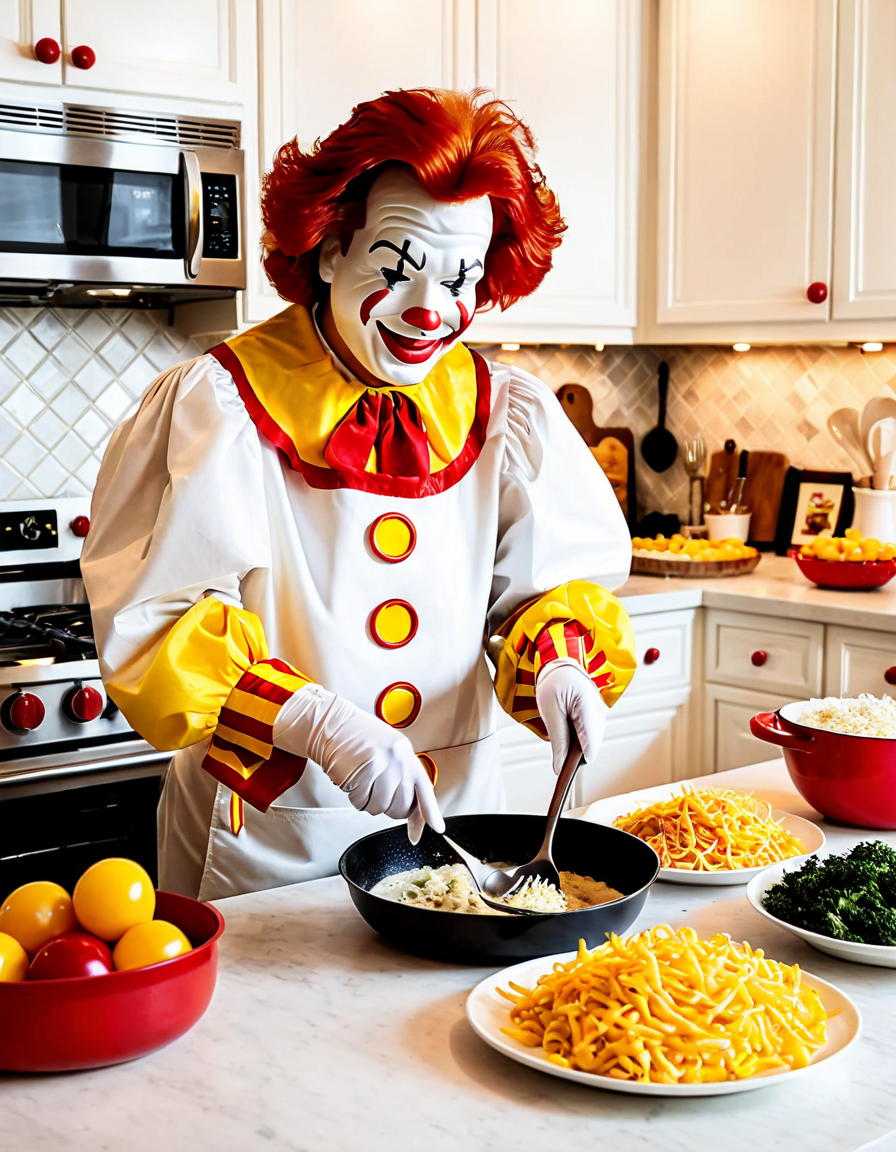
Critiques and Cultural Shifts: The Changing Perception of Ronald McDonald
But it hasn’t all been a cakewalk for our colorful friend. With a growing focus on health and wellness, criticism around childhood obesity has put Ronald under the microscope. From his once-cherished image, there’s now an ever-growing backlash against fast food’s role in public health debate.
McDonald’s has tried to combat these criticisms with rebranding efforts, from introducing healthier menu options to promoting transparency in nutritional values. Just like Nestlé and Coca-Cola have faced challenges, Ronald McDonald’s impact isn’t immune to cultural shifts toward healthier lifestyles.
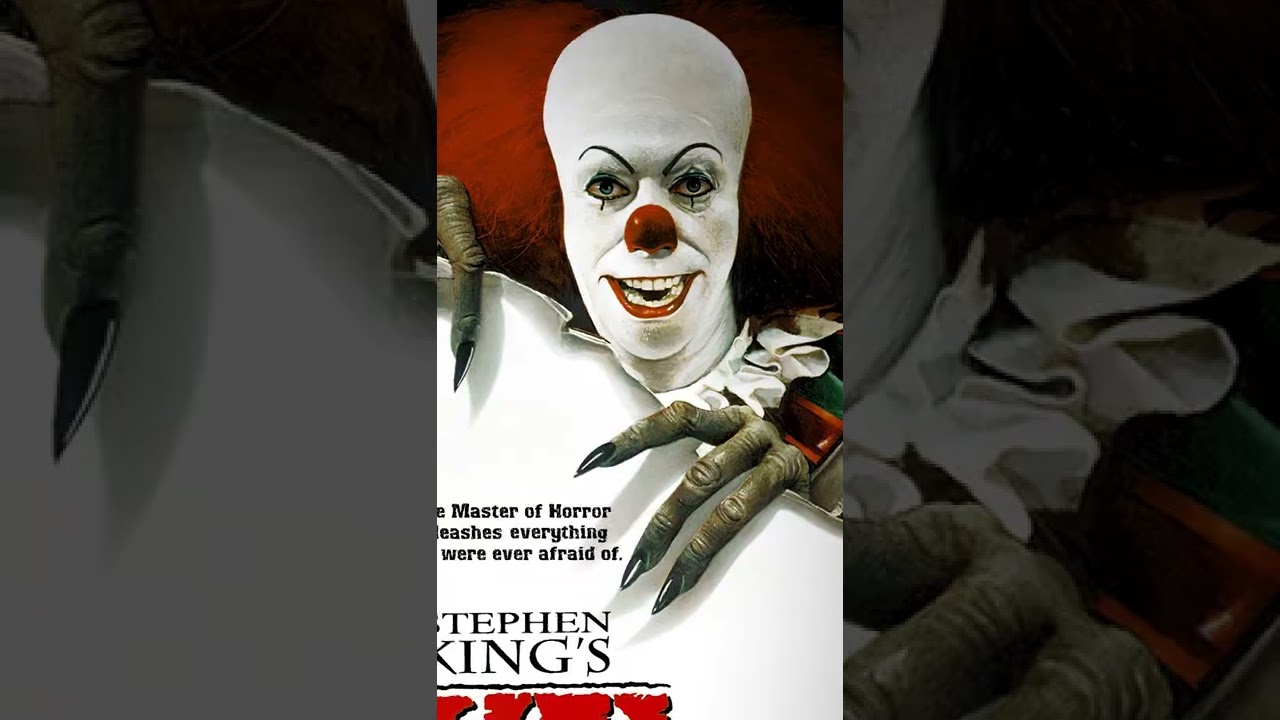
The Future of Fast Food Branding Beyond Ronald McDonald
So, where are we headed from here? As we march further into a world that craves authenticity and sustainability, the role of mascots and brand personalities is being reevaluated. New brands like Beyond Meat and Impossible Foods are breaking the mold, focusing on ethical eating and environmental sustainability rather than whimsical characters.
With consumers seeking out brands that align with their values, the future may look quite different from the days of frolicking clowns. Still, the groundwork laid by Ronald McDonald will keep influencing marketing strategies for years to come.
Final Thoughts: Ronald McDonald’s Enduring Legacy
In conclusion, the legacy of Ronald McDonald continues to resonate across the fast food landscape, reminding us that branding is about more than just selling burgers. It’s about creating connections, sparking joy, and leaving lasting impressions. As society evolves, so too must branding strategies, reflecting cultural shifts and consumer values. Even as we step into the future of fast food, one thing is sure: Ronald McDonald’s colorful legacy will stand tall, a beacon guiding brands toward connection and community!
So next time you see a clown in red shoes, remember how this whimsical character reshaped fast food forever. And hey, grab a burger while you’re at it! 🍔
Ronald McDonald: The Colorful Clown Who Changed Fast Food Forever
The Origins of a Legend
Did you know that the character of Ronald McDonald first appeared in 1963? Originally intended as a mascot to promote the soon-to-be fasting growing chain, the colorful clown quickly stole the spotlight and became an iconic figure for both kids and adults alike. The character’s engaging persona and playful antics resonated with families, much like the charm we see in stars such as Marion Cotillard, drawing people into the vibrant world of fast food—a true game changer! But that’s not all; as Ronald’s popularity surged, so did the McDonald’s brand, reinventing American dining by making it accessible, fun, and family-oriented.
His Underlying Impact
Ronald McDonald didn’t just redefine how we think about fast food; he also set the stage for the marketing of beloved characters across various industries. While exploring the creative avenues of advertising, one can draw parallels between Ronald and cultural icons like the design of the Meghan Markle engagement ring or the spirited vibe of a nostalgic boomer film. This characterization allowed different generations to connect with McDonald’s, and soon enough, Ronald became synonymous with joy and childhood memories. It’s hard to grasp how far this colorful clown’s impact stretches, but it’s safe to say he has earned his place in pop culture history!
Fun Facts and Trivia
And here’s a fun twist: did you know that Ronald McDonald has his own charity, the Ronald McDonald House Charities? This initiative provides families with a place to stay when their children are receiving medical care away from home. Much like how viewers are drawn to the cast Of The Gentlemen 2025 TV series, families feel a connection to Ronald’s mission of compassion. Additionally, take a peek at his recognizable red wig and oversized shoes—similar to the comfort of a classic pair of Keds shoes, they’ve become markers of his identity that fans around the globe can quickly recognize!
And there you have it—Ronald McDonald isn’t just a clown; he’s a cultural phenomenon that continues to delight millions. From his humble beginnings to the symbol of joy and community service he represents today, the legacy of Ronald McDonald, much like The Shroud Of Turin, remains both mysterious and impactful. Next time you dive into a Big Mac, think of this colorful clown who forever changed the fast food scene!
